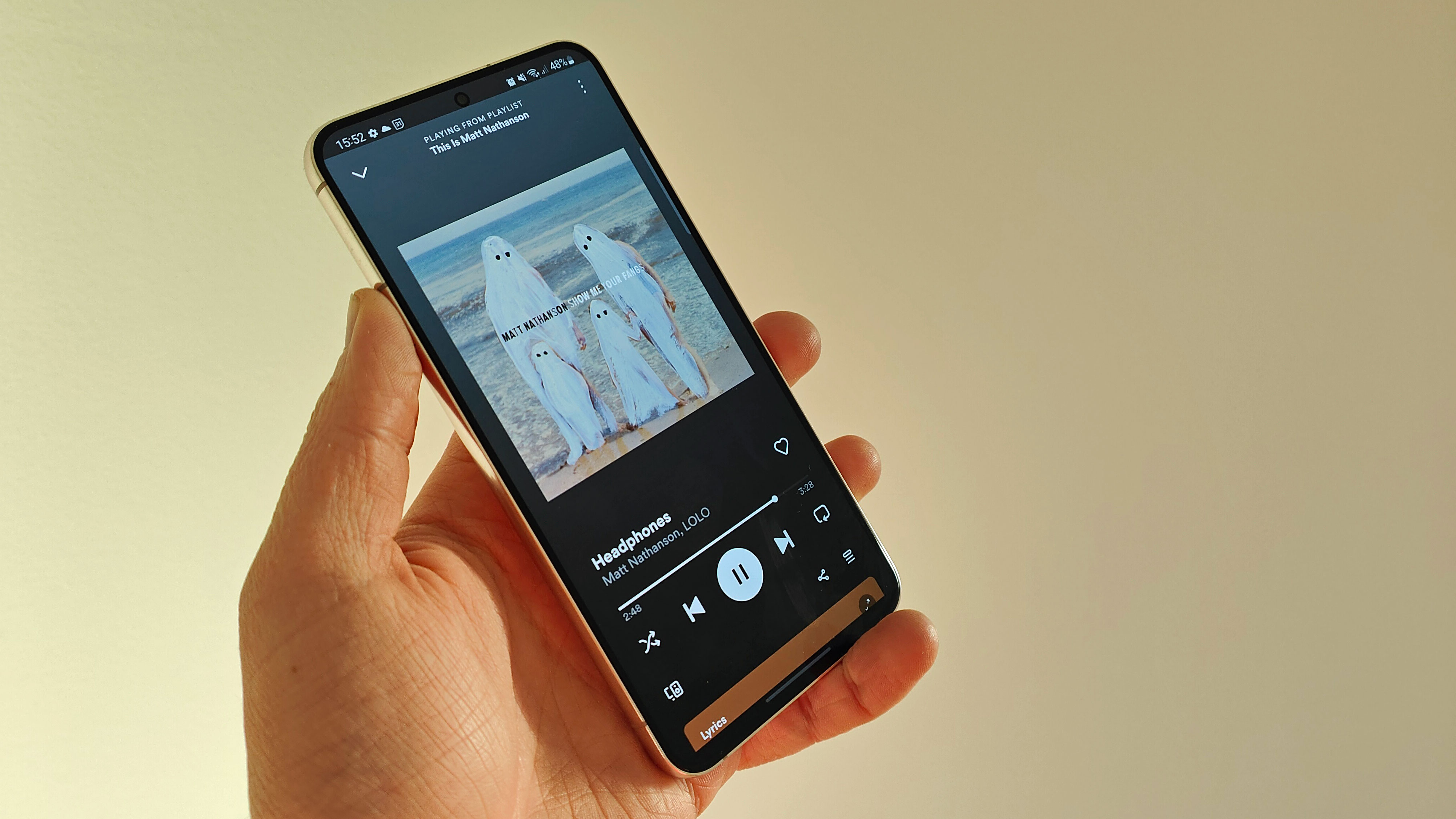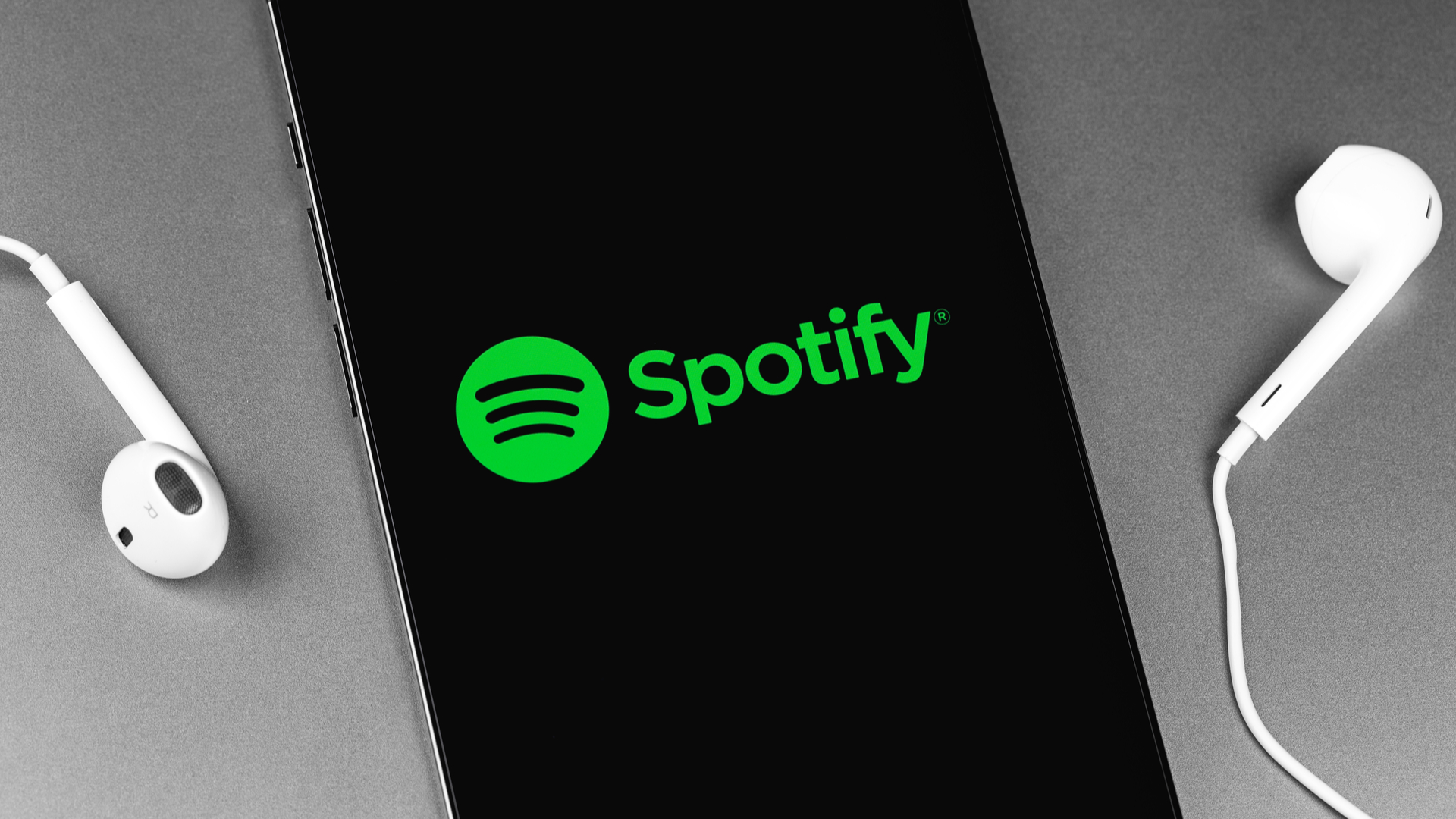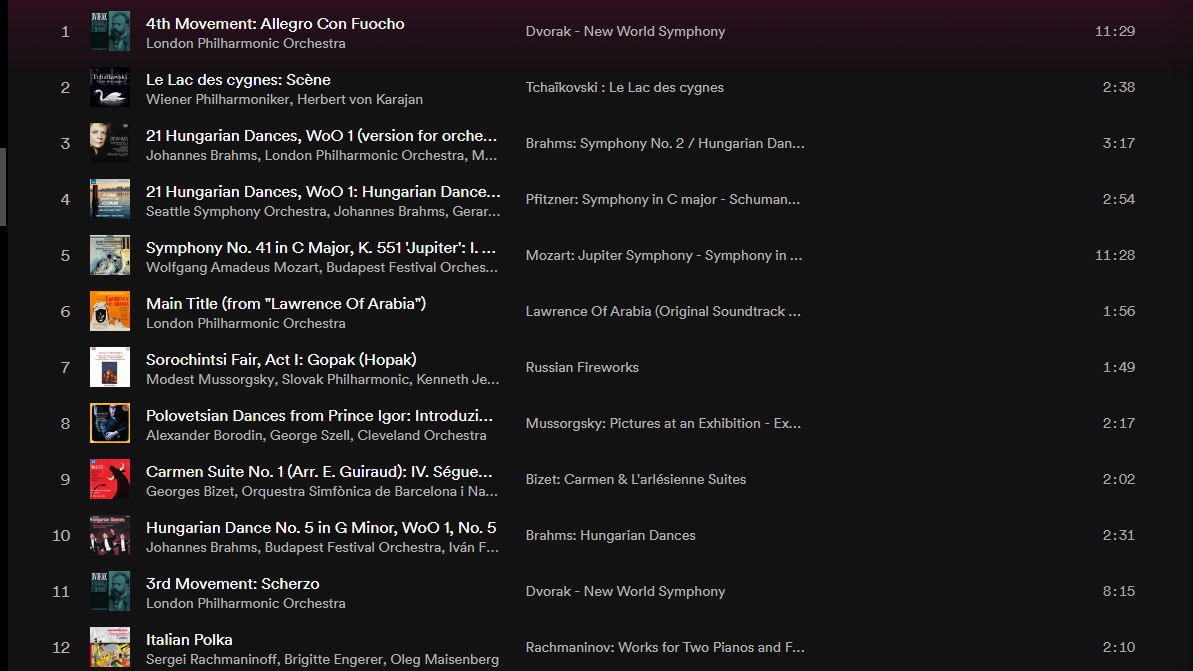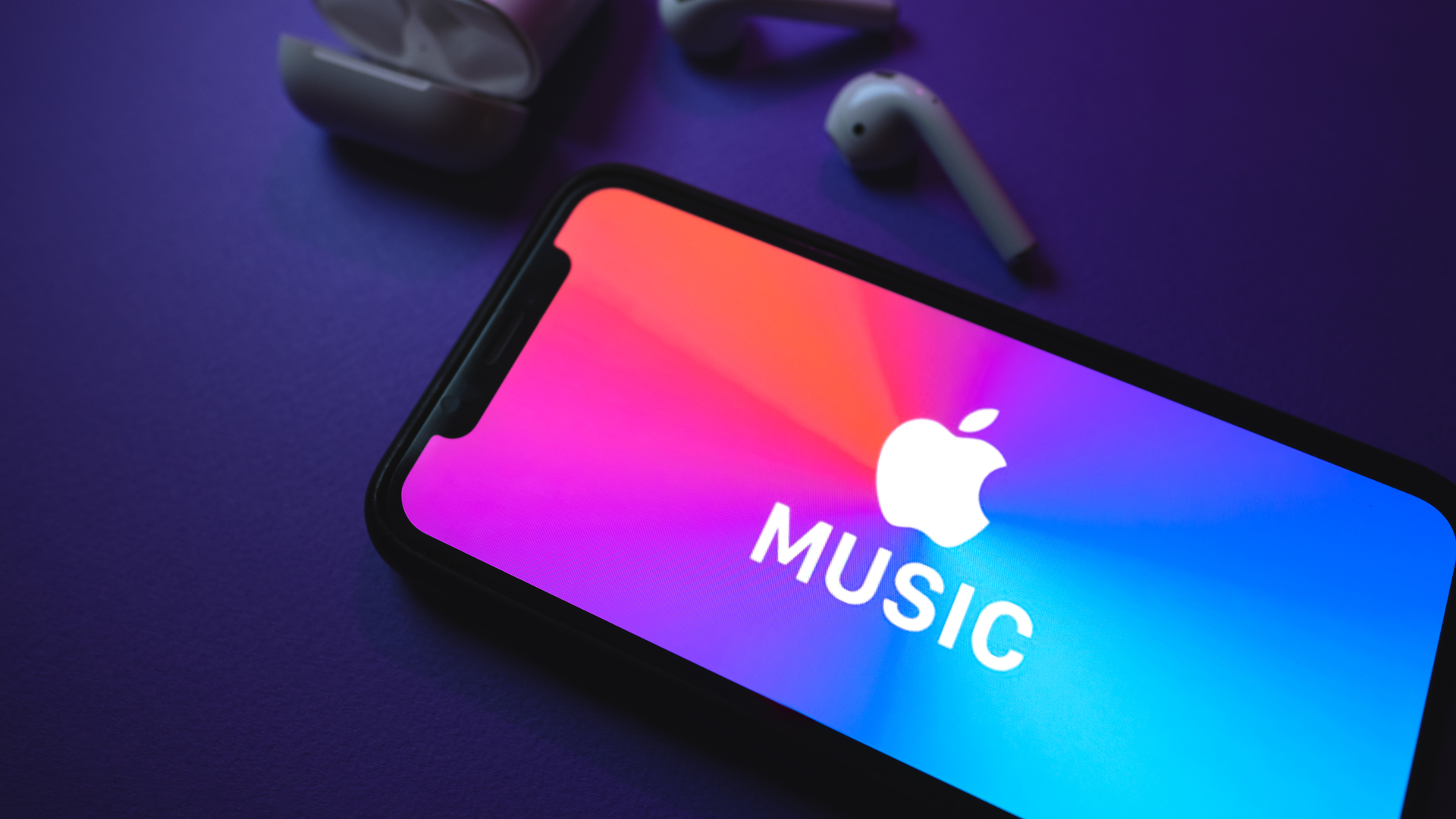Here's why Apple Classical, and not iOS 16, could be the biggest WWDC news
Classical streaming needs some love

We know WWDC 2022 is scheduled for early June. This is Apple’s annual software conference where we're expecting iOS 16, iPadOS 16, macOS 13, and... Apple Classical? What's that?
Well, Apple Music Classical is a rumored streaming service, like its current Apple Music, that the tech giant is said to be working on, that'd focus on classical music instead of popular music.
After its August 2021 purchase of Primephonic, another big classical streaming service, it became clear that Apple had eyes on the classical-music prize. That fact became even clearer when lines of code in an Apple Music beta — then later code in an iOS 15.5 beta — referred to an ”Apple Classical.”
Those latter references also suggest that Apple Classical could launch soon. The June date for WWDC makes perfect sense for a debut, though we'd expect an actual release later in the year.
But lots of people might be wondering ,"what's the point in a classical music streaming service? Aren't all the classics already on Spotify and Apple Music?" That's certainly true, but for classical aficionados, the streaming services that already exist are, quite frankly, rubbish.
Adagio for streams
Current streaming services are built for pop music — you've got albums full of songs attributed to one artist. But classical music works in a completely different way, so requires a different form of organization.

For example, most of you reading this probably know the name, "Ride of the Valkyries," or would at least recognize its distinctive melody from Apocalypse Now, the Blues Brothers, Valkyrie, Watchmen, Norbit, 8 1/2, or one of the million other movies that it's used in.
Get daily insight, inspiration and deals in your inbox
Sign up for breaking news, reviews, opinion, top tech deals, and more.
If this were a pop song, you'd find the streaming service profile for Richard Wagner, scroll down to whichever of his albums contains the song, and click play. But that's not how this 1854 piece actually sits within Wagner's repertoire. Der Ring des Nibelungen is a cycle of four dramatic operas written by Wagner, commonly referred to as the Ring Cycle. The fourth, Die Walküre, is about four hours long, and the popular segment that we're referring to falls at the beginning of the third and final act — it's not called, “Ride of the Valkyries" in the opera though, but "Hojotoho! Heiaha!" and the Ride segment is only the first few minutes of that 8-minute piece. That's confusing enough for someone who doesn't have an entire classical music dictionary in their head — it's almost impossible to find the piece in its Ring Cycle context without just searching, "The Ride of the Valkyries" and finding recordings that are just of the piece. But the way Spotify organizes its music (the app chosen due to it being the go-to for this writer) makes it even more confusing.
If this were a pop song, you'd find the streaming service profile for Richard Wagner, scroll down to whichever of his albums contains the song, and click play. But that's not how this 1854 piece actually sits within Wagner's repertoire.—Der Ring des Nibelungen is a cycle of four dramatic operas written by Wagner, commonly referred to as the Ring Cycle. The fourth, Die Walküre, is about four hours long, and the popular segment that we're referring to falls at the beginning of the third and final act it's not called "Ride of the Valkyries" in the opera though, but "Hojotoho! Heiaha!", and the Ride segment is only the first few minutes of that 8-minute piece.Der Ring des Nibelungen is a cycle of four dramatic operas written by Wagner, commonly referred to as the Ring Cycle. The fourth, Die Walküre, is about four hours long, and the popular segment— that we're referring to falls at the beginning of the third and final act it's not called "Ride of the Valkyries" in the opera though, but "Hojotoho! Heiaha!", and the Ride segment is only the first few minutes of that 8-minute piece.ing of the third and final act it's not called "Ride of the Valkyries" in the opera though, but "Hojotoho! Heiaha!", and the Ride segment is only the first few minutes of that 8-minute piece.
If this were a pop song, you'd find the streaming service profile for Richard Wagner, scroll down to whichever of his albums contains the song, and click play. But that's not how this 1854 piece actually sits within Wagner's repertoire. Der Ring des Nibelungen is a cycle of four dramatic operas written by Wagner, commonly referred to as the Ring Cycle. The fourth, Die Walküre, is about four hours long, and the popular segment that we're referring to falls at the beginning of the third and final act — it's not called, “Ride of the Valkyries" in the opera though, but "Hojotoho! Heiaha!" and the Ride segment is only the first few minutes of that 8-minute piece.—That's confusing enough for someone who doesn't have an entire classical music dictionary in their head it's almost impossible to find the piece in its Ring Cycle context, without just searching "The Ride of the Valkyries" and finding recordings that are just of the piece. But the way Spotify organizes its music (the app chosen due to it being the go-to for this writer) makes it even more confusing..That's confusing enough for someone who doesn't have an entire classical music dictionary in their head it's almost impossible to find the piece in its Ring Cycle context, without just searching "The Ride of the Valkyries" and finding recordings that are just of the piece. But the way Spotify organizes its music (the app chosen due to it being the go-to for this writer) makes it even more confusing.

Being a platform focused on recordings, rather than unique pieces, Spotify lists classical music pieces by performer as well as the original composer — sometimes soloists are included in that long list of artists too. This can all get confusing.
Let's pretend you want to find, say, the Enigma Variations by Elgar, otherwise known as Nimrod (which is technically just the name of one of the variations) and sometimes, confusingly, just as Adagio.
You've got to know that Elgar's first name is Edward (which isn't common knowledge for people just dipping their toes into classical), decide which of the numerous recordings you want, and then contend with the fact that some orchestras have recorded the variations separately, while others have either bunched them into one long piece, mashed them up, or abridged them. Oh, and you need to know not to play the Green Day album Nimrod either, despite that being recommended by Spotify too.
That's if you can even see the information - the BBC Symphony Orchestra and Leonard Bernstein recording of the Enigma Variations (found here) starts each title with, “Variations On An Original Theme, OP. 36 ‘Enigma’" before you get to the initials that differentiate each variation. If you're looking on a phone or small browser, you can't even see the part of the name that's different from each track.
That's natural, given how classical music is organized — the Opus numbering system (that's the OP. 36 above) is often used by composers to differentiate between their works. But even that system isn't ubiquitous, and many contemporary and even older classical composers don't use it.
This is also the case if we pop back to Wagner — if you click here you can find a 14-hour supercut of the entire Ring Cycle. It's broken into four discs, with 178 tracks in total — note the lack of OP. in the listings too. See what I mean by confusing?
Track 30 is the one we discussed earlier. The full title is, “Die Walküre, WMV 86B / Act 3: ’Hojotoho! Heiaha!‘” and the associated artist are listed as ”Richard Wagner, Vera Schlosser, Berit Lindholm, Brigitte Fassbaender, Helen Watts..." — there are even more but we're not going to write them all out (Spotify even cuts the list off themselves).
How is this helpful to an average classical fan, who just wants to listen to a popular melody? Though his is the first name listed, Wagner's name is just one of so many. We are lucky that his name is listed at all, as some recordings of various pieces we've spotted just don't mention the composer at all.
At least that particular listing has all the information. This writer's favorite symphony is popularly known as the New World Symphony, by Antonin Dvořák — but it's technically called, “Symphony No.9 in E minor, ‘From the New World‘ OP. 95 B.178.” That B is the Burghauser number, used for cataloging just Dvořák's works. Yep, certain composers get their own system — Mozart got his own too.
This writer's favorite part is the fourth movement, “Allegro Con Fuocho,” in that symphony. In this recording, the album is entitled, "Dvorak - New World Symphony,” with the artist simply credited as, “London Philharmonic Orchestra.” That final movement is its own track, “4th Movement: Allegro Con Fuocho.” So in that example, there’s no mention of “Symphony No.9 in E minor“ at all.
Putting on shuffle
That is all to say that current streaming services aren't great for classical music. The information is presented in such a bafflingly head-scratching way that even dedicated classical fans can easily get lost — and worse, it's horribly inconsistent. But that's not the end of it.
Current streaming services are terrible for discoverability if you rely on the algorithm to provide you with new music. That's because it doesn't quite distinguish between different periods, styles — even songs, given that there are countless recordings of the same pieces. Let's illustrate that with the Spotify Radio of the aforementioned Dvořák movement.
We've embedded the playlist below, but since these AI-created playlists sometimes change themselves, so we've included an image of the first few tracks too.

That first entry is, well, it's the piece we started with: a cheeky orchestral symphony from 1893. All good.
Second is... a ballet? Okay, an interesting jump in terms of style, but we've seen bigger Spotify punts. It's Tchaikovsky's “Swan Lake,“ a famous enough ballet that you've probably heard of it.
Third is “21 Hungarian Dances” from Brahms, a dance piece for piano. Algorithm has brought us the first dance, Allegro Molto, though because the title is so long we can't tell if this is actually stated.
Fourth is... the exact same piece as number 3, except recorded by an American, not British, orchestra. Boy, how I love ”new“ music.
The fifth piece brings us back to a symphony while the sixth is from Lawrence of Arabia. We’ve also got 18th Century concertos like Vivaldi's The Four Seasons; Rachmaninoff’s Italian Polka, the start of the Peer Gynt Suite — oh, and music from The Legend of Zelda: The Wind Waker, Star Wars, and an orchestral adapatation of Led Zeppelin's Kashmir. In other words, a real musical mixed bag.
Spotify's radio, daily mix and shuffle modes can be great for discovering new popular music. But whether you're a fan of classical music looking to discover other works you might not have heard of, or someone dipping their toes in and trying to get a grounding for the musical landscape, those modes aren’t going to be great for you.
The fact that classical music is painted in broad strokes (if you can call film scores 'classical' at all since a pretty good argument could be made for classifying some as popular music) means it doesn't benefit from the same features that make current music streaming services great to use. But that's something a bespoke Apple Classical service could fix.
Apple Classical speculation

Admittedly, there are already classical streaming services out there, but they don't have what Apple has: name recognition. So Apple creating its own service would bring tunes to many more peoples' ears.
We don't really know anything about Apple Classical right now, but that means it's easier to focus on what we want to see, not what we actually will see.
The service needs to log its library in an easy-to-understand way. No more listing pieces by the recording — you need to be able to pick from a list of a composer's works before choosing which adaptation you want to hear. No more using different naming formats for different pieces, which could confuse people. And definitely no more logging pieces without the composer's name anywhere near.
Classical music can be quite hard to get into at the best of times, without mind-bending categorization systems making it even harder to know what's what.
Discoverability needs to be changed too. Going back to Wagner, when you look at his profile in Spotify, Valkyries fills the first three spots of his top five. Scrolling down, his albums and popular releases are presented in the order they were released — the recording, not the piece. So it's not exactly a chronological, or thorough, dive through his life.
Apple Classical can't go with the standard music streaming service order — for recent recordings. It needs to copy Wikipedia's layout, simply presenting the order in a big list, without algorithms dictating what people should be listening to.
Plus, the mode of discovering new music needs to be better. By that, we mean smarter. No more recommending pieces simply because the instrumentation is the same, or because they're from the same period. No, experts will need to go and dive into these pieces, categorizing them by style and period and more, so that recommendations are useful and accurate.
Classical music is complicated — apparently Mozart didn't write his classics with streaming services in mind — and so making these works easily parsable by the average music listener is a big ask. But isn't Apple's modus operandi that it makes things simple?
No thanks to iOS
For the average tech fan, iOS is probably the biggest selling point of WWDC. Though classical music is great, it's hard to argue that the biggest draw of Apple's annual software conference is... Apple software.
But if Apple Classical works well, it could be a landmark streaming service. Speaking as someone who wants to listen to a lot more classical than they actually do, the knowledge barrier of entry is the current thing that makes it hard to listen to more great works.
A streaming service that streamlines the experience, and helps new audiences discover classical music, could be a great new piece of culture.
Compared to that, a new iOS update seems underwhelming. A new widget or two? A few new features? Maybe a change to how certain parts of iPhone software look? Nice, I guess...

Tom Bedford joined TechRadar in early 2019 as a staff writer, and left the team as deputy phones editor in late 2022 to work for entertainment site (and TR sister-site) What To Watch. He continues to contribute on a freelance basis for several sections including phones, audio and fitness.